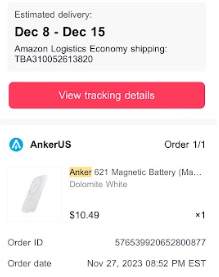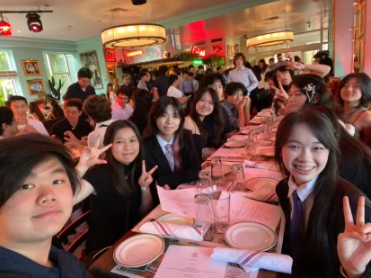Listening for the faint jingle of the ice-cream truck has become a thing of the past. Restaurants on wheels, otherwise known as food trucks, offer tasty and exotic food at a low cost. Hungry people can receive text messages from Twitter and Facebook directing them to where they can enjoy deep-dish pizzas, pasta, cupcakes and even lobster, on a daily basis.
Food trucks have been around for years, but only recently has the food truck industry boomed in many urban cities, like here in Washington, D.C.
“Like many food trends, this one seemed to get rolling in California,” said Marc Silverstein, the former host of Food Network’s The Best Of. “In 2008, renowned chef Roy Choi started Kogi Korean BBQ-To-Go in Los Angeles.”
Local media outlets are feeding the trend; for example, there is a March Madness-esque competition on Washingtonian’s website between 32 DC food trucks. Every day, a new poll appears between two food trucks and people can vote for which truck they enjoy the best. At the end of each day, the losing truck is eliminated. Many popular trucks, such as Red Hook Lobster Pound and Cap Mac DC, are still in the race.
According to Chris Sommers, co-owner of Pi on Wheels, a local food truck installation of a St. Louis restaurant that serves deep-dish pizza, many technological advances have expanded the food truck business. Take “Square” for example, an electronic credit card reader attachment for iPhones, iPads, Androids and Twitter which geo-codes tweets, so people know from which location a person or business tweets. This way, diners can easily track their favorite food trucks.
According to Patrick Rathbone, the owner of the Big Cheese food truck, which serves interesting variations of the classic grilled cheese, technology not only helps business, but also has helped food trucks get around the Ice Cream Truck clause created by the Department of Consumer and Regulatory Affairs. The clause was created 35 years before the food truck business took off, and it stated that a street vendor cannot park unless it is flagged down by a customer. Technology bypasses this clause because when customers ask a food truck to appear somewhere with Twitter or Facebook they are virtually waving the trucks down.
Food trucks today serve eats far beyond the average hot dogs, pretzels and Doritos so ubiquitous on D.C. streets. They offer healthier and more expansive options served at low costs, ranging from $2 for a bowl of soup to $15 for a whole meal. For example, Fojol Brothers serves an Indian style cuisine, which includes chicken curry and pumpkin as a seasonal vegetable for $14 and under.
“Food trucks have become appealing because the majority of them serve good fast food at a reasonable price,” said Craig Arnoff, the Chief Financial Officer of Cap Mac DC, a pasta truck specializing in macaroni and cheese. “Today, everyone is aware of what they are eating and do not want to eat at places like McDonald’s and Wendy’s.”
The main factor that brings food trucks into business is convenience. Many people work in DC and opt to skip the waits at restaurants. Food trucks are the perfect solution because they offer fast service, inexpensive prices and delicious dishes.
According to Silverstein, the suburbs are not entirely left out of the new food truck fad because soon there will be no more room downtown for the ever-expanding food truck business.
But for now, Maryland residents will have to rely on the DC food trucks, as the trend hasn’t quite hit the suburbs.







